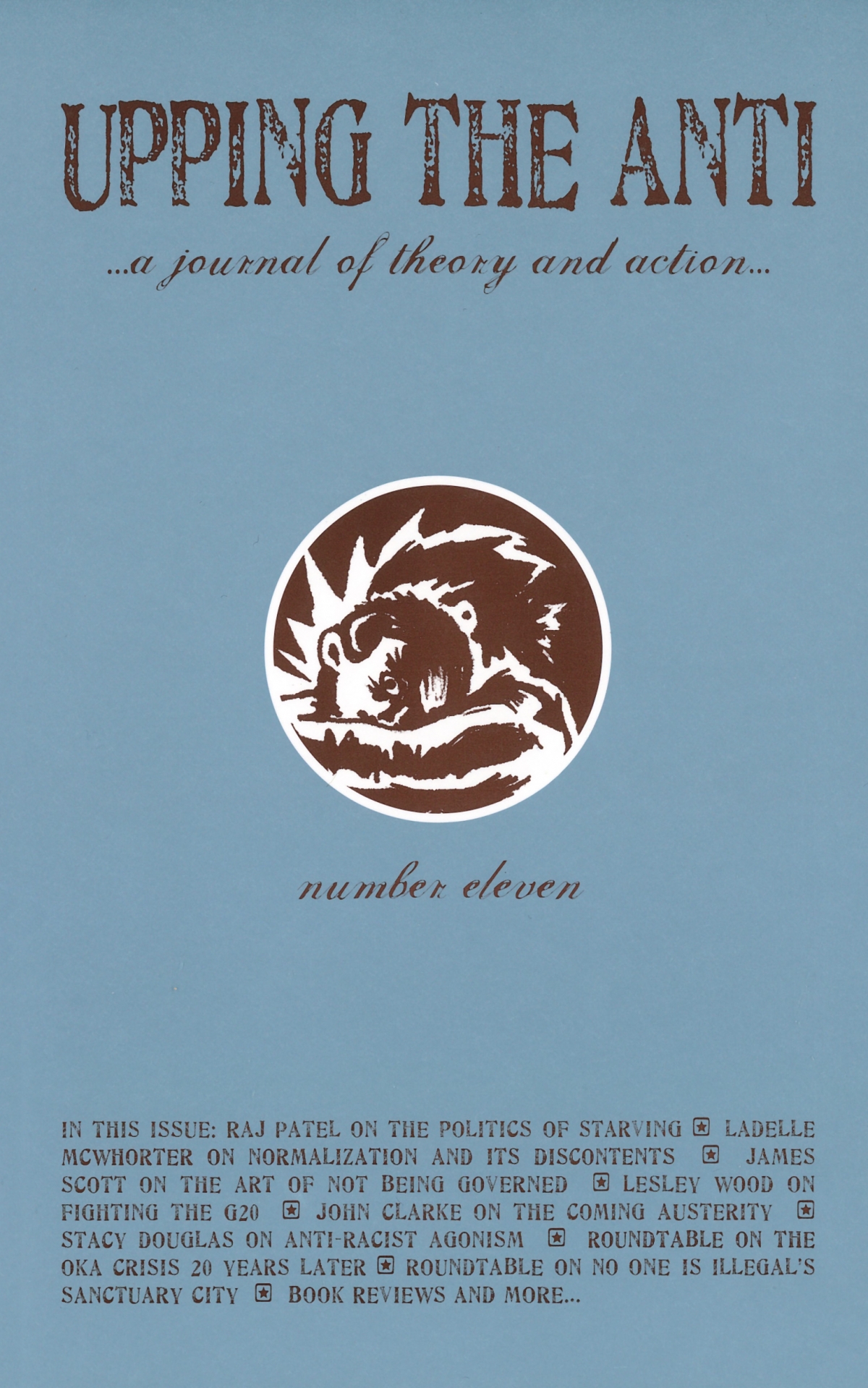Fostering Militancy
Dear UTA,
Thanks for the invitation to respond to the editorial in UTA 10 about the current capitalist crisis and resistance. To keep this short, I’ll focus on a couple of points that I think are relevant to all of us who are concerned about resisting the austerity agenda today.
In general, the editorial’s analysis of the 1983 Solidarity movement in BC and the Days of Action movement in Ontario in the second half of the 1990s is sound. But I think that to say that “these promising mobilizations fell short of fundamentally altering the political terrain by failing to move beyond defensive struggles and toward the articulation of radical alternatives” misses the key point.
These fight-backs (and others since the mid-’90s) didn’t fundamentally shift the political terrain because they failed to win the defensive battles they were engaged in. In both cases, the balance of forces between the working class and the ruling class meant that these would inevitably be defensive struggles. Only by winning at least partial victories – defeating some of the attacks– in a way that inspired higher levels of mobilization could this balance have been shifted. Resistance that forced a government to abandon a regressive measure would have sent the signal that collective action can win (as has happened in France a number of times since 1995, for example). This might well have created an opening for radical alternatives (as it has in France). But the level of struggle was too low to defeat the determined right-wing governments in BC and Ontario.
The editorial argues that “Given the moribund character of today’s official union movement, the onus now falls squarely on those committed to building dynamic anti-capitalist formations.” But the union movement and the anti-capitalist left are apples and oranges (more like watermelons and peas). The radical Left in the Canadian state is tiny, fragmented, and to a large extent marginalized in the intelligentsia. We can’t possibly influence resistance to austerity measures except on a very small scale in a few places. Winnipeg isn’t the only city where there are tiny numbers of radicals, few of whom are rooted in workplace or community organizing (this is why an initiative like Toronto’s Workers’ Assembly probably can’t be replicated elsewhere).
I think my point is confirmed by the editorial’s very important recognition that in BC in 1983 and Ontario in the late '90s “few capacities existed – within and across union memberships, within and across various social movements and community groups – to provide a basis for sustaining the movement once labour officials defected.” Today I don’t know of anywhere that militant union or community activist networks are stronger and more capable of acting independently of the union officialdom than they were in Ontario during the Days of Action (when they were too weak to make a difference). My sense is that there are even fewer radicals active in unions now, as people who got involved in the 1970s have begun to retire.
So where does this leave radicals? I think we should prioritize being active in unions and community-based organizations and trying to work with other activists to foster militancy, solidarity, and democratic organization. We should also do education that’s geared to popularizing radical analysis of the austerity agenda, the deficit scare that’s used to justify it (my first stab at this is a coauthored Q&A piece, “The Deficit: THEIR Problem, Not Ours” in New Socialist Webzine), racism and the crisis, etc. To do these things we need to consciously try and break out of insular counter-culture scenes.
It will take a new wave of struggle to produce a new radical left, so let’s do whatever we can to help build struggle today.
In solidarity,
David Camfield
Winnipeg

